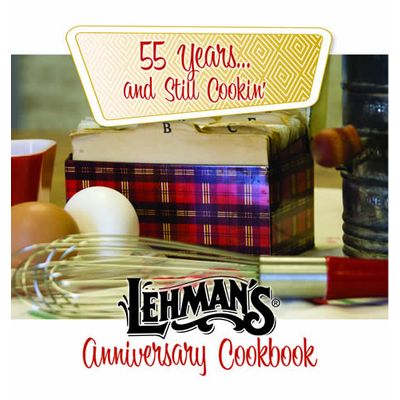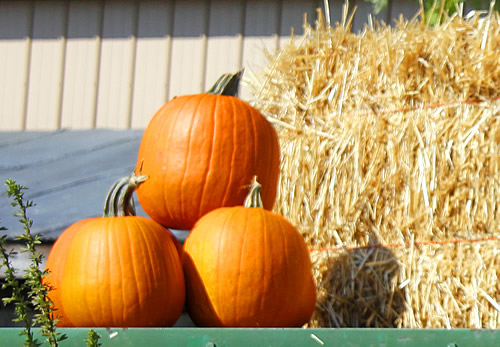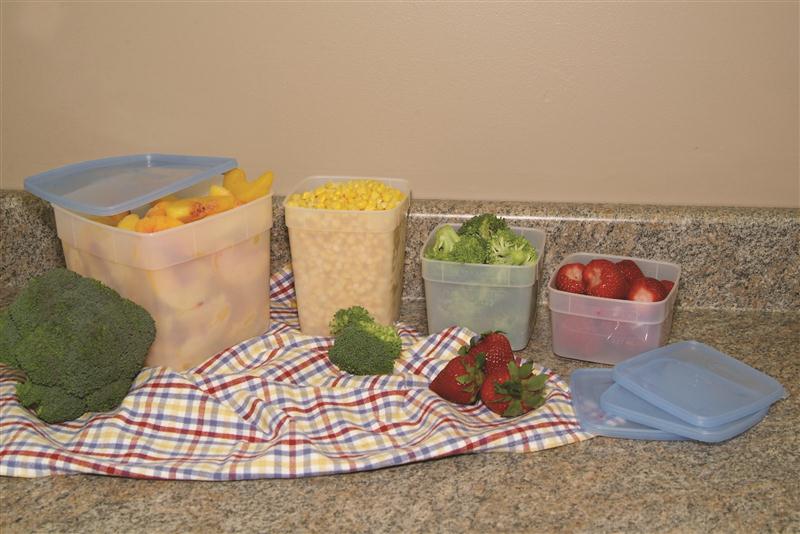
Pumpkins say “autumn” louder than just about anything you can think of, with the possible exception of corn shocks (how many of you shock corn any more?). Something about a pumpkin excites the imagination of just about everyone. You’re surely into growing the biggest pumpkin, or you have plans for pumpkin bread, or you love to decorate your yard and home with them.
Almost everyone who doesn’t grow their own has to buy at least one – and often, several. They’re cheap enough to indulge in and many think they’re cheap enough to waste by throwing them out or letting them rot when the fun is over. Please don’t do that… you can buy just one or two and you’re stocked up with the makings of many good foods, with recipes ranging from snacks to soups, from bread to custard and more.
When pumpkins go on sale in October (eighty percent of pumpkins grown in the US are harvested for October sale), they are at their prime in flavor and texture. There are ways to be sure you buy the best pumpkin.

Make sure the stem is still attached and is a few inches long. A stem that’s too short or nonexistent can mean that the pumpkin was pulled from the vine rather than cut and that can mean an overripe product. If a stem is accidentally broken off, the pumpkin usually won’t keep well.
While a brightly colored pumpkin may be beautiful, a well-cured pumpkin will have a muted color. All pumpkin varieties are not the same color, but pale and green mottled or striped pumpkin means an underripe product and a lack of flavor.
Pumpkins that have been cured in the field will have a hard outer rind. Test one with your fingernail and if you can easily penetrate the rind, the pumpkin hasn’t been cured and won’t last long.
Most Halloween pumpkins are good for eating, but for the best, look for the old varieties (Connecticut Field pumpkin is the traditional American pumpkin) or pie pumpkins. Pie pumpkins are small, weighing five pounds or less. They’re colored more deeply and the flesh has a less stringy texture than jack-o-lantern pumpkins.
Do NOT buy a “lumina” or “ghost” pumpkin with the intentions of cooking it later; the flesh is stringy and pale and weak in flavor. You can usually find something in between these two that is edible and useful for decoration, too.
When you find the perfect pumpkin, you may want to display it.
- Keep it out of direct sunshine and bring it indoors if frost threatens.
Don’t keep it at room temperature for very long.
When you’re through displaying it, store it in a cool, dark place with around 50% humidity if you can.
A cellar or a cool corner of the basement an ideal place to store your pumpkin. Check on it every few weeks and turn it now and then to avoid fungus or other problems. This is especially important if your storage doesn’t have good air flow. Whole pumpkins, unless they’ve been damaged, will keep several months. Under ideal conditions, whole pumpkins can last a full year in storage.

Canned pumpkin is never as frugal (or nearly as good) as fresh and the USDA cautions us to not can pumpkins at home. If you cut a pumpkin and can’t use the whole thing at one time, freeze it for later. Cook, puree in a blender or food processor and freeze in small containers.
A more frugal and nutritous food you’ll seldom find! An average pumpkin will yield four to eight or more cups of pulp – enough for a couple of pies, a loaf of bread, a pot of soup and snacks to boot. One cup of pumpkin contains only 49 calories, and is rich in beta-carotene (Vitamin A) and potassium.
Frugal note: Don’t let “just a little” left over pumpkin go to waste. Add it to cookie dough, soups or stews, meatloaf or casseroles.






























